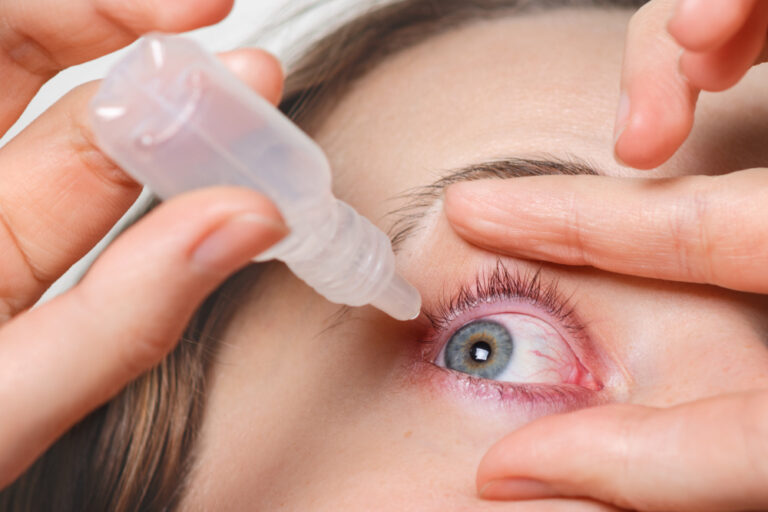Management of Conjunctivitis

Identification: Diagnosing conjunctivitis based on symptoms such as redness, itching, discharge, and irritation, along with clinical examination.
Determining Cause: Identifying the underlying cause of conjunctivitis (viral, bacterial, allergic, or irritant) through patient history and specific diagnostic tests if necessary.
Hygiene Measures: Advising patients to practice good hygiene, including frequent handwashing, avoiding eye rubbing, and using separate towels and tissues to prevent spread.
Allergen Avoidance: Recommending avoidance of known allergens or irritants that trigger allergic conjunctivitis, such as pollen, pet dander, or certain cosmetics.
Medications: a. Viral Conjunctivitis: Symptomatic relief with cold compresses and artificial tears; antiviral eye drops may be prescribed in severe cases. b. Bacterial Conjunctivitis: Antibiotic eye drops or ointments are usually prescribed to treat bacterial infections. c. Allergic Conjunctivitis: Antihistamine eye drops, mast cell stabilizers, or corticosteroids may be used to alleviate symptoms. d. Irritant Conjunctivitis: Removing the irritant and providing supportive care such as lubricating eye drops.
Follow-up: Monitoring patients to ensure resolution of symptoms and adjust treatment if necessary, especially in cases of bacterial or severe allergic conjunctivitis.
Patient Education: Educating patients about proper hygiene practices, medication adherence, and measures to prevent recurrence or transmission of conjunctivitis.


